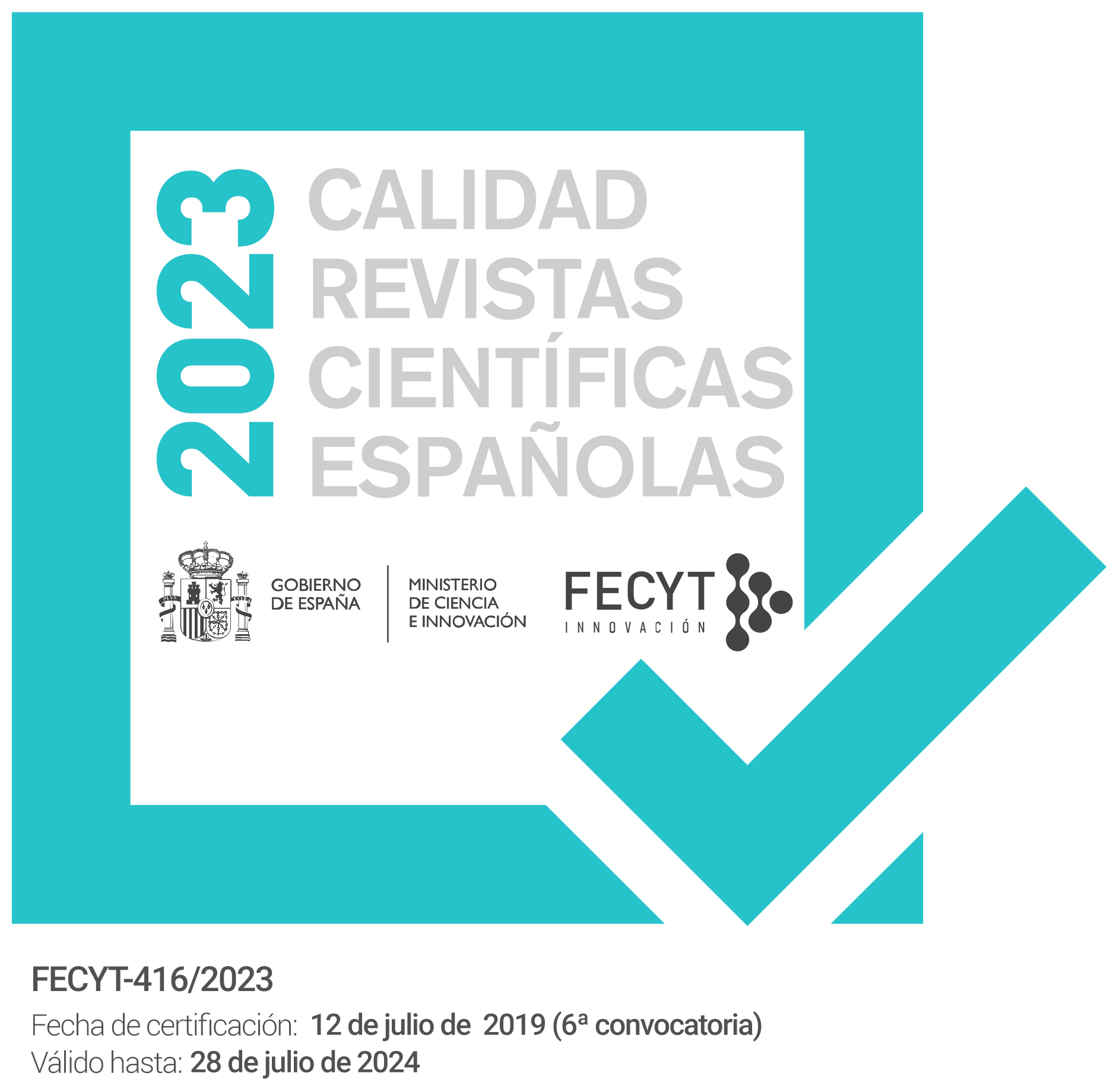Las catástrofes naturales y el desarrollo urbano: el aluvión de 1713 y su repercusión en Las Palmas
Keywords:
catástrofes naturales, avenidas, barranco, desastre natural, catastrophes, flood, ravine, disasterAbstract
Las Palmas fue una ciudad sacudida periódicamente por una serie de catástrofes naturales quc generaron gran incertidumbre, elevados gastos económicos e, incluso, muertes en el seno de una sustancial parte de su población. La mayoría de estos episodios estuvieron relacionados con las reiteradas avenidas del barranco Guiniguada, cuyo cauce dividía a la urbe en dos partes, siendo la registrada en 1713 una de las principales por la dimensión del desastre y la demostración de la proverbial incapacidad de las autoridades para afrontar el problema, el cual no tuvo una solución parcial hasta los inicios del siglo XIX.
Las Palmas was a city periodically shaken by a series of natural catastrophes that generated great uncertainty, high economical expenses and deads in the bossom of a great part of popuiation. Most of these episodes were related with the repeated flood of the Guiniguada ravine, which riverbanks divided the city in two parts and being that recorded in 1713 one of the most important due to the dimensions of the disaster and demonstration of the proverbial incompetence of the authorities to face the problem, which did not have a partial solution until the beginning of XIX century.
Downloads
Downloads
Issue
Section
License
The articles are open access distributed under the terms of the Creative Commons Attribution-NonCommercial-NoDerivatives (CC BY-NC-ND) Spain 4.0 license. Authors who publish in this journal agree with the following terms:
a) Authors retain the copyright and guarantee the journal the right to be the first publication of the work as well as licensed under a Creative Commons Attribution License that allows others to share the work with a recognition of the authorship of the work and the Initial publication in this magazine.
b) Authors may separately establish additional agreements for the non-exclusive distribution of the version of the work published in the journal (for example, place it in an institutional repository or publish it in a book), with recognition of its initial publication in this magazine.
c) Authors are allowed and encouraged to disseminate their work electronically (for example, in institutional repositories or on their own website) before and during the submission process, as it may result in productive exchanges, as well as a earliest and largest citation of published works (See The Effect of Open Access).



